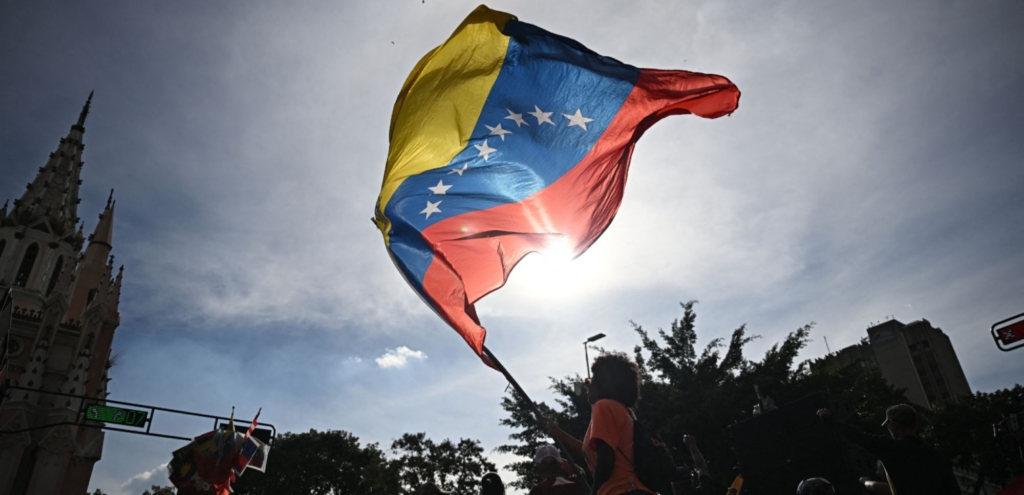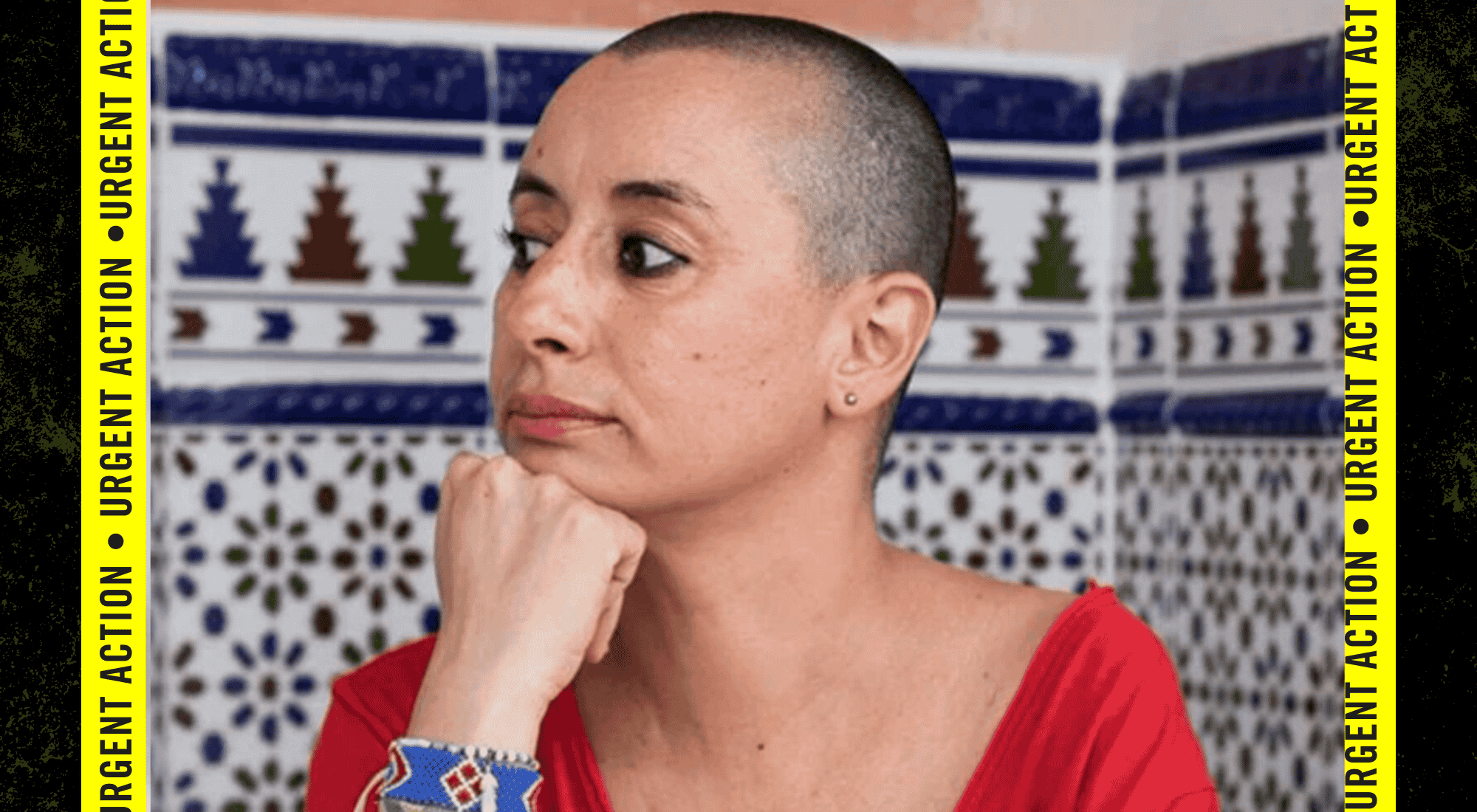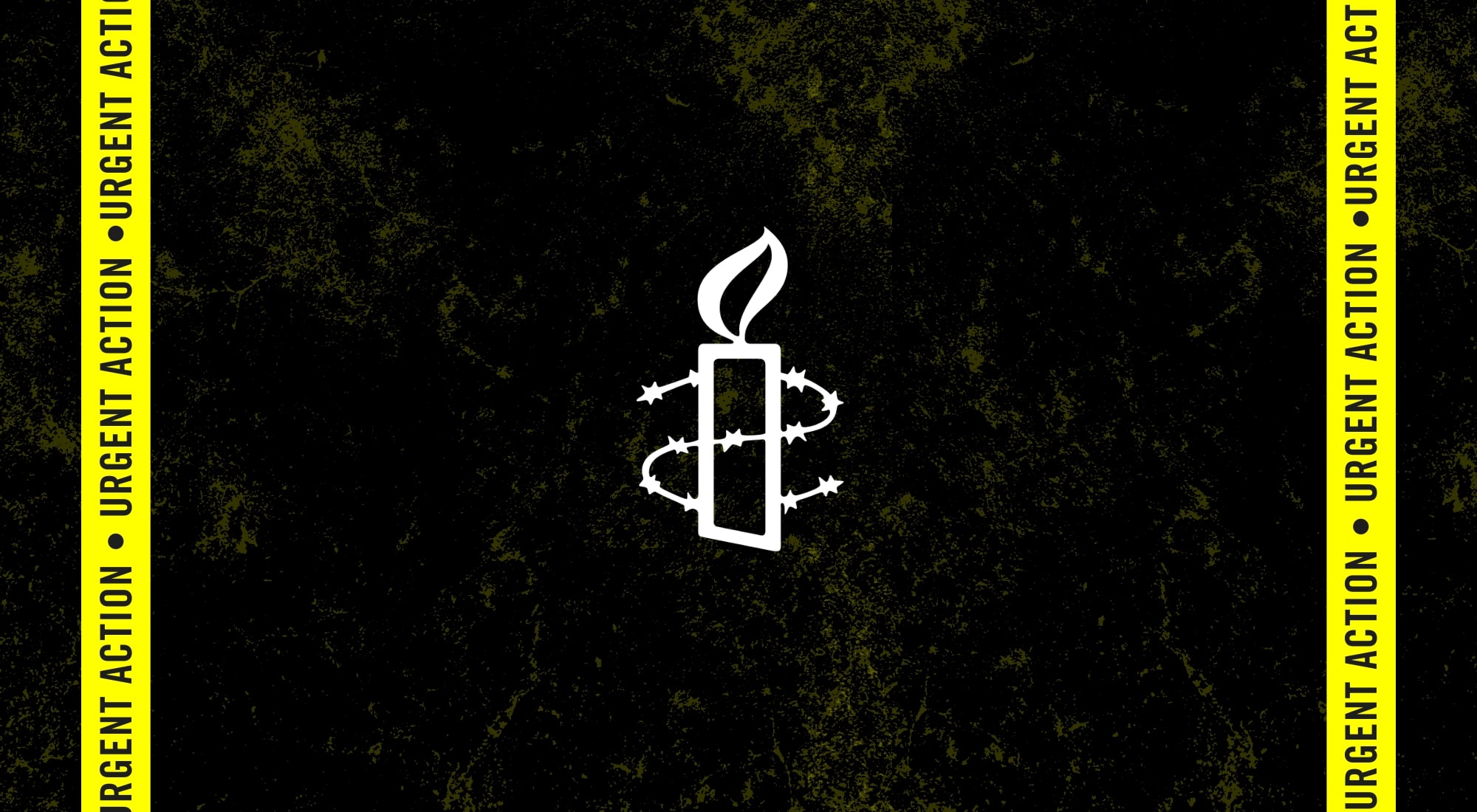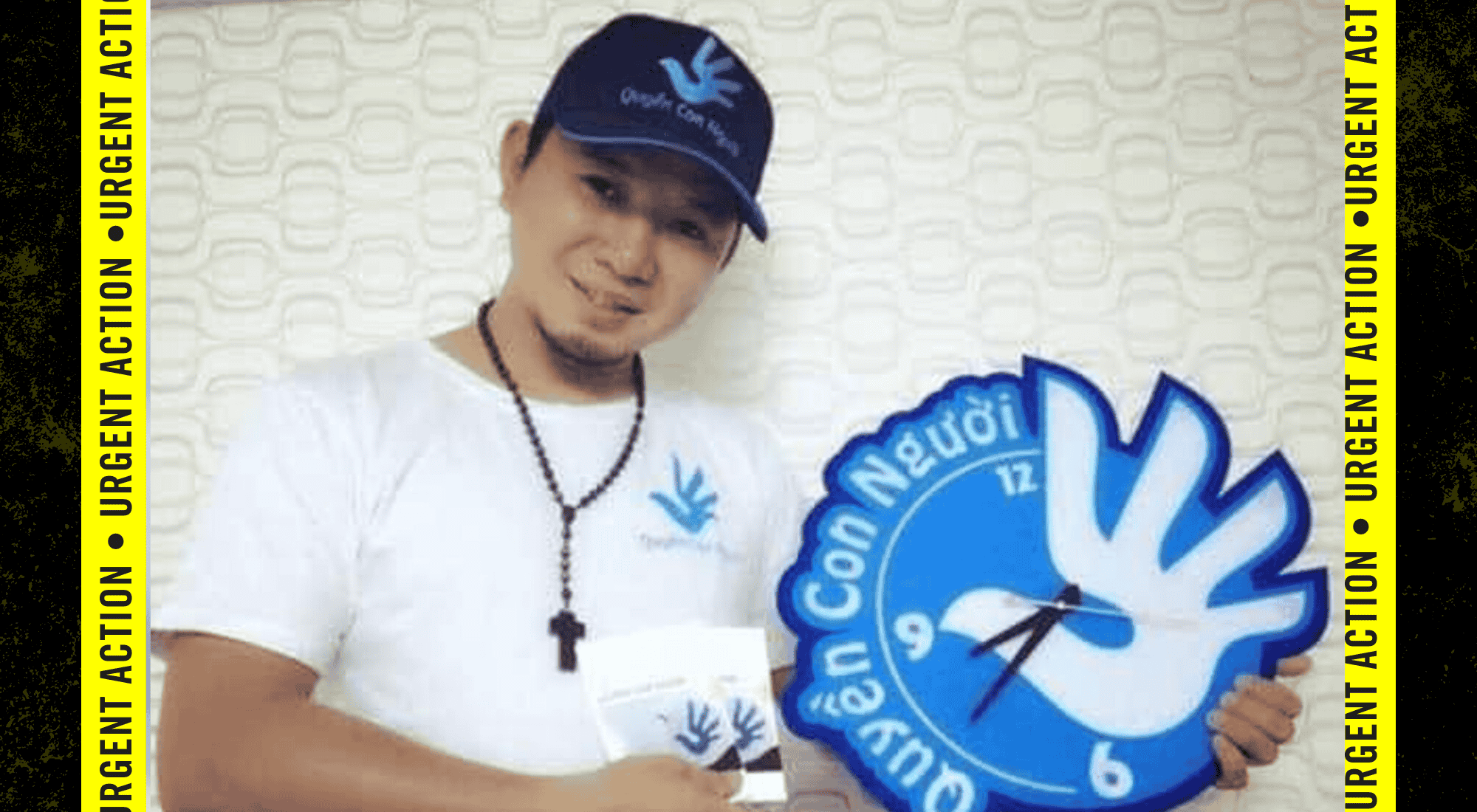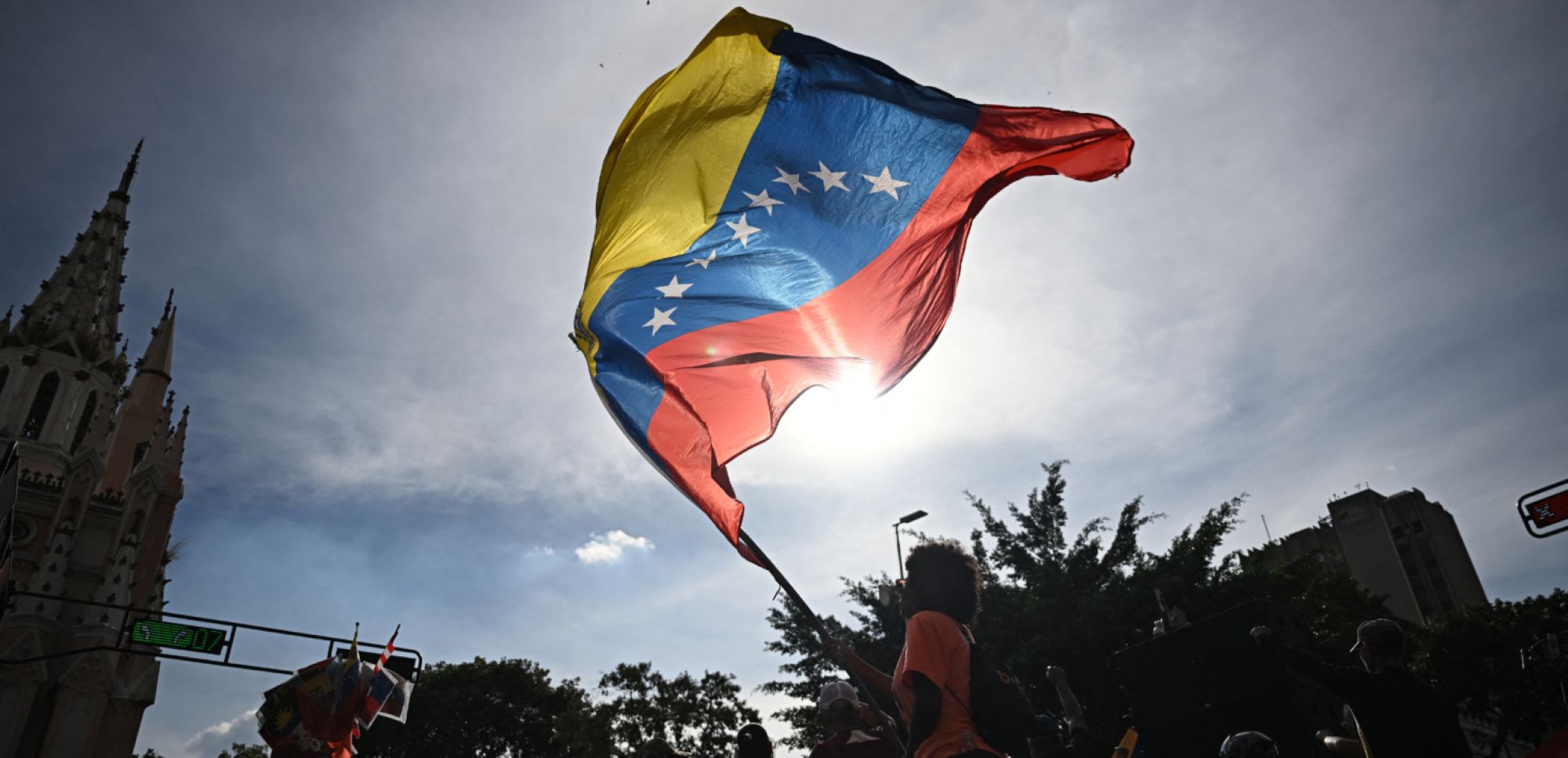What is this report about?
Early in the morning on 25 August 2017, a Rohingya armed group known as the Arakan Rohingya Salvation Army (ARSA) launched coordinated attacks on security force posts in northern Rakhine State, Myanmar. In the days, weeks, and months that followed, the Myanmar security forces, led by the Myanmar Army, unleashed a vicious campaign of violence that forced more than 702,000 women, men and children – 80% of the Rohingya population of northern Rakhine State at that time – to flee to Bangladesh. Violations committed during these operations included deportation, unlawful killings, rape, torture, village burnings and forced starvation.
“We Will Destroy Everything”: Military Responsibility for Crimes against Humanity in Rakhine State, Myanmar is the culmination of nine months of intensive research into exactly what happened during this period. It provides a comprehensive account of the violations committed by the Myanmar military and reveals many previously unknown details, including which specific military units were involved in massacres, rapes, and village burning, as well as describing how some of the most senior members of Myanmar’s military are implicated in crimes against humanity.
The 186-page report is the result of more than 400 interviews as well as reams of corroborating evidence, including satellite imagery, photos, verified videos, forensic medical examination of injury photographs and confidential documents on the Myanmar military.
What are its key findings?
The report goes into minute detail about the patterns of violations and crimes committed in the military’s “clearance operations” following the ARSA attacks and provides extensive, credible evidence implicating Myanmar’s military Commander-in-Chief, Senior General Min Aung Hlaing, and 12 other named individuals in crimes against humanity.
It provides details of how the military carried out large-scale massacres in the villages of Chut Pyin, Min Gyi and Maung Nu and how they burnt down several hundred Rohingya villages across Rathedaung, Buthidaung and Maungdaw Townships. The report further describes how soldiers raped and committed other sexual violence against Rohingya women and girls in a widespread manner, which terrorized Rohingya communities and was part of what drove many people to flee northern Rakhine State.
Insignia of the Myanmar Army’s Western Command.
The report identifies specific military units which were responsible for massacres and other violations in certain villages. In interviews, victims and witnesses described the insignia on the uniforms of Myanmar military units that came in to their villages and committed atrocities. Some interviewees had also directly interacted with soldiers and field commanders, who at times identified what unit they were from, We cross-checked interviews against each other and then corroborated them with open source information, including Facebook posts in which soldiers and others on the ground indicated what units were deployed where. With that information, Amnesty International was able to confirm that two of the military’s fiercest combat divisions, both of which Amnesty International had previously documented committing violations and war crimes elsewhere in Myanmar, were deployed to northern Rakhine State just before 25 August and then carried out many of the worst atrocities.
Confidential information about the Myanmar military is also exposed, including about its command structure and the control that senior commanders exert over units on the ground.
In a further key finding, the report shows how the Myanmar military subjected Rohingya men and boys to arbitrary detention, enforced disappearances and torture in the weeks leading up to 25 August 2017. The torture included beatings, burning, waterboarding and sexual violence, with the perpetrators trying to extract confessions or information about ARSA.
The most detailed information to date of ARSA’s abuses, including unlawful killings of Hindu and ethnic Mro villagers as well as targeted killings and abductions of suspected Rohingya informants, is also included in the report.
What evidence does Amnesty International have to back-up these claims?
This report is the product of field and remote research undertaken from September 2017 through early June 2018.
It draws on first-hand testimony gathered from survivors and witnesses in both Bangladesh and Myanmar, and uses techniques including the analysis of satellite imagery and data, forensic medical examination of injury photographs and authenticated photographic and video material, to corroborate their accounts.
Amnesty International also gained access to confidential documents, particularly on the Myanmar military’s command structure and mode of operation. We also conducted interviews with analysts who have knowledge of the Myanmar military and investigated open source material, including Facebook posts by and related to the Myanmar military.
First-hand testimony of survivors and witnesses
Amnesty International researchers undertook four research missions to the Cox’s Bazar region of Bangladesh between September 2017 and January 2018, as well as four missions to Myanmar – one of which was to Rakhine State.
The overwhelming majority of those interviewed were either survivors of human rights violations and crimes under international law or had directly witnessed violations linked to the Myanmar military’s operations.
In addition, Amnesty International interviewed medical professionals involved in treating Rohingya refugees; representatives of aid organizations; Bangladeshi authorities; Rohingya community leaders; and journalists.
A range of methods were then used to corroborate the information provided by these interviewees.
Satellite imagery
Throughout the crisis, an Amnesty International expert on remote sensing monitored and analysed satellite imagery and data from northern Rakhine State. This work included the detection of large-scale fires; an examination of dozens of specific villages that were burned, which helped demonstrate the deliberate and targeted nature of these attacks; and monitoring in 2018 of bulldozing and new construction after most of the Rohingya population from those areas had been forced to flee into Bangladesh.
These images were then cross-checked against first-hand testimony to ensure that the details of what we were being told tallied with what we were seeing on the satellite pictures.
Data visualization showing the site of village burnings, based on remote sensing analysis. © Amnesty International/SITU Research
Digital verification of audio-visual material
Amnesty International also received hundreds of photographs and videos allegedly taken inside northern Rakhine State. Through its Digital Verification Corps (DVC) and staff experts in photographic and video verification, Amnesty International independently analysed available data points to assess the authenticity of the material. The analysis included examining metadata contained in an image or video file, and “geolocation,” by which features in the image or video are matched with features in a verified source, such as satellite imagery, of the same location.
This authenticated material provided further corroboration for specific events described by survivors and witnesses in the report.
Forensic medical examination of wound photographs
During the early missions to Bangladesh in particular, Amnesty International researchers photographed many injuries of Rohingya men, women, and children, which were alleged to have occurred at the hands of the Myanmar security forces. Some of these photos were then sent to independent forensic medical experts, who determined whether the photographed injury was consistent with the testimony provided.
Photos were sent to independent forensic medical experts, who determined whether the photographed injury was consistent with the testimony provided. © Andrew Stanbridge / Amnesty International
Confidential documents
As well as interviewing several analysts with knowledge of the Myanmar military, Amnesty International obtained and reviewed confidential documents about the Myanmar military.
These documents indicated that, during military operations like those in northern Rakhine State, forces on the ground normally operate under the tight control of senior commanders. Combat division units – which committed the vast majority of crimes against the Rohingya – have strict reporting requirements as to their movements, engagements, and weapons use. Under Myanmar’s military doctrine, senior commanders would have been receiving this information, which means, among other things, that those commanders knew or should have known where specific units were on specific days.
Investigations of Facebook postings and other open source information
Amnesty International also investigated Facebook postings and other open source information to gather further details about the military. This allowed us to confirm that top military commanders, including the Commander-in-Chief, Senior General Min Aung Hlaing, actually travelled to northern Rakhine State directly before or during the ethnic cleansing campaign, to oversee portions of the operation. It allowed us to monitor inciting and derogatory rhetoric that senior military and civilian officials used against the Rohingya prior to and during the violent campaign. And, at a lower level, it allowed us to corroborate which specific military units were based in different parts of northern Rakhine State, as soldiers and people who interacted with them posted where they were and what they were doing.
What does Amnesty International want to happen now?
The report makes detailed recommendations for measures to bring to justice individuals responsible for crimes against humanity and other serious human rights violations. It names 13 specific individuals against whom Amnesty International has gathered enough evidence to indicate that they should face judicial proceedings for command and/or direct responsibility for crimes against humanity.
It calls on the United Nations Security Council to refer the situation in Myanmar to the International Criminal Court (ICC) for investigation and prosecution, and urges the UN Human Rights Council to set up a mechanism to collect and preserve evidence for use in future criminal proceedings.
Where can I find out more?
Amnesty International and SITU Research have created a new platform visualizing the evidence of how Myanmar’s military committed crimes against humanity against the Rohingya population in northern Rakhine State since 25 August 2017. The map-based narrative – focusing on a cluster of villages in northern Rakhine State – takes users on an interactive journey through the weeks leading up to the violence, the military’s deployment and commission of atrocities, the flight en masse of Rohingya villagers to Bangladesh, and the recent construction on top of destroyed Rohingya villages. It calls for accountability for Myanmar officials with a key role in atrocities including murder, rape and deportation of the Rohingya. Visit “Mapping Atrocities Against the Rohingya” here.
Screen capture from the mapping platform. © Amnesty International/SITU Research
















